Water Conservation Tips for Sustainable Landscaping
Creating a beautiful landscape does not have to come at the expense of our most precious resource: water. Sustainable landscaping prioritizes eco-friendly design, plant selection, and maintenance techniques that minimize water usage while promoting a healthy, thriving outdoor environment. Effective water conservation goes beyond simply reducing usage; it encompasses smart planning and ongoing care. By focusing on the integration of practical water-saving strategies, property owners can craft landscapes that not only conserve water but also reduce long-term maintenance, support biodiversity, and weather fluctuations in climate. Adopting these techniques ensures that our landscapes remain sustainable and resilient for years to come.
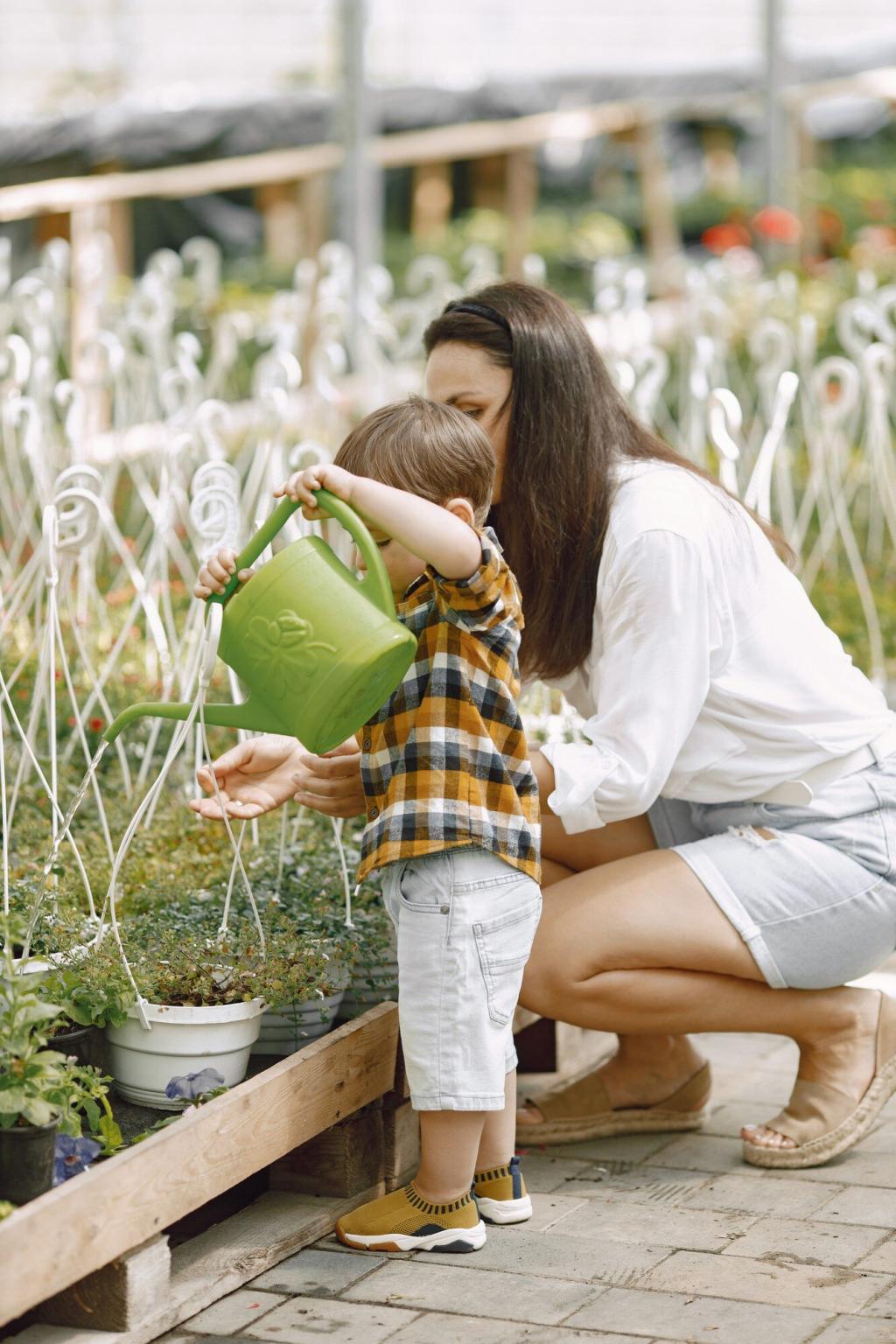

Embracing Native Plants
Native plants are those that have evolved to flourish in the local climate and soil conditions, requiring far less water compared to non-native species. Incorporating these into your landscape supports natural ecological processes, fostering habitats for pollinators and wildlife. Native species are already adapted to local rainfall patterns, meaning they rarely require excess irrigation once established. Over time, they naturally resist local pests and diseases, reducing the need for chemical treatments. By designing gardens centered on native plantings, you reduce dependence on supplemental watering and contribute positively to the surrounding environment.
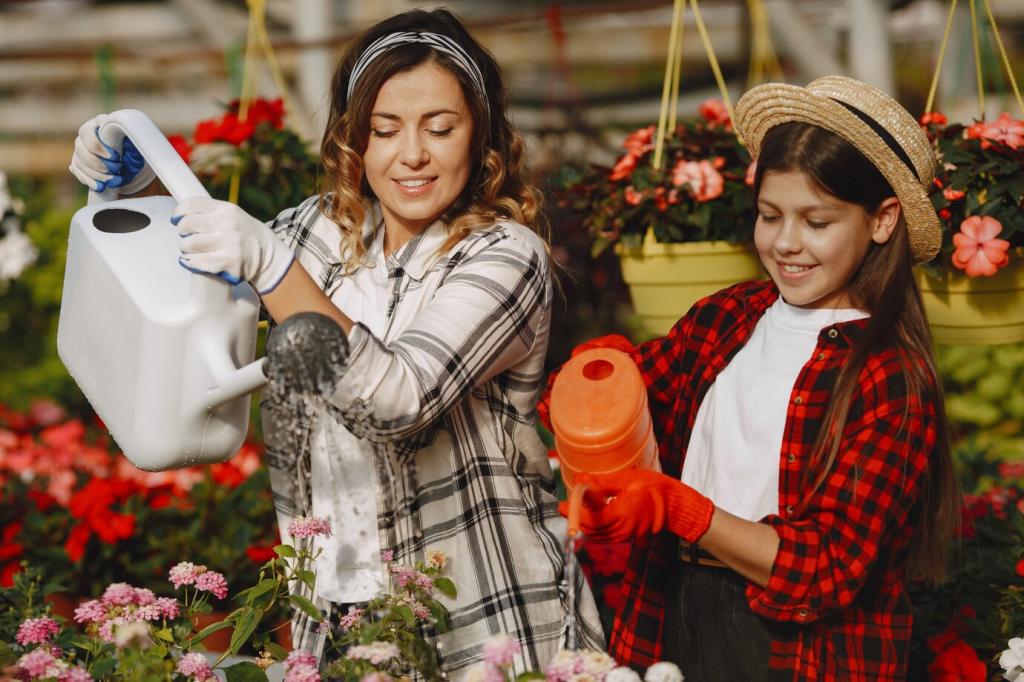
Drought-Tolerant Choices
Drought-tolerant plants are specifically bred or selected for their ability to withstand periods of low moisture. These options, which can include succulents, ornamental grasses, and certain herbaceous perennials, provide color and texture without excessive water demands. Integrating drought-resistant species helps maintain visual interest throughout the seasons while lowering irrigation needs. Such plants also typically possess deep root systems, allowing them to access moisture far below the soil surface. This resilience not only conserves water but also safeguards the garden against the unpredictability of dry spells.

Grouping Plants by Water Needs
Efficient landscaping involves more than just plant choice; it’s equally important to organize them according to their watering requirements. This principle, known as hydrozoning, involves clustering plants with similar water needs together. By doing so, each section of the garden receives the appropriate amount of moisture—neither too much nor too little. Hydrozoning simplifies irrigation routines, prevents overwatering, and encourages root development. It also minimizes water waste, ensuring that delicate or high-demand species receive enough support without jeopardizing the health of drought-tolerant neighbors.
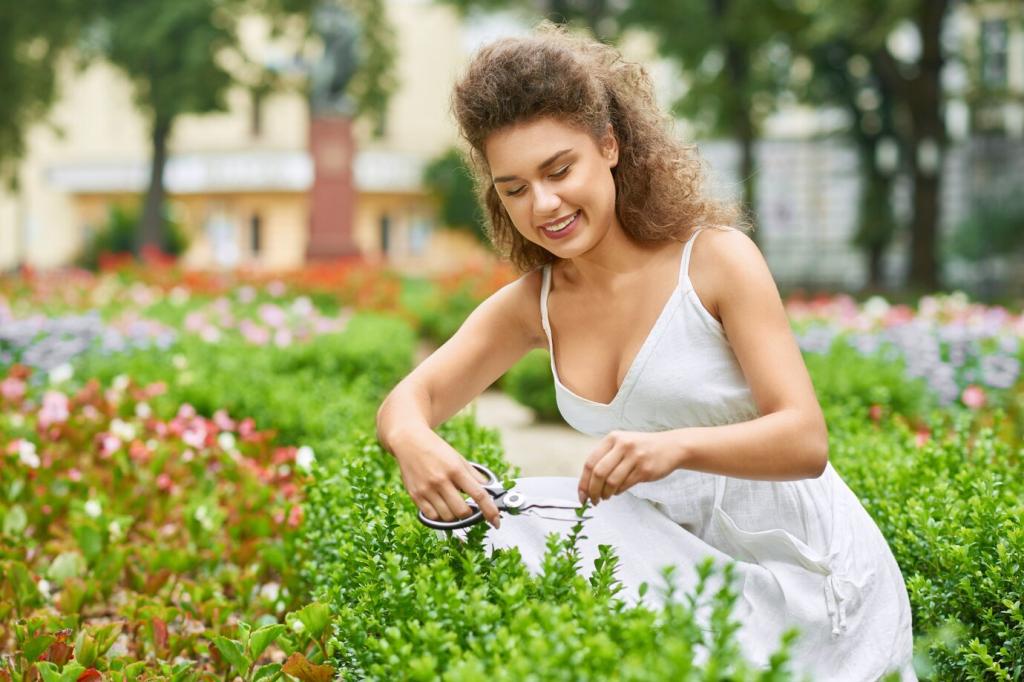
Drip Irrigation Systems
Drip irrigation delivers water directly to plant roots, substantially reducing evaporation and runoff compared to traditional overhead sprinklers. This targeted approach ensures that each plant receives the precise amount of moisture it requires, which is particularly valuable for areas with water restrictions or prolonged dry periods. Drip systems are highly customizable and can be adapted to fit any garden layout, from small beds to expansive landscapes. Installation may require some upfront investment, but the long-term savings in water and energy quickly offset costs. Regularly checking for leaks and clogs ensures optimal performance and continued water efficiency.
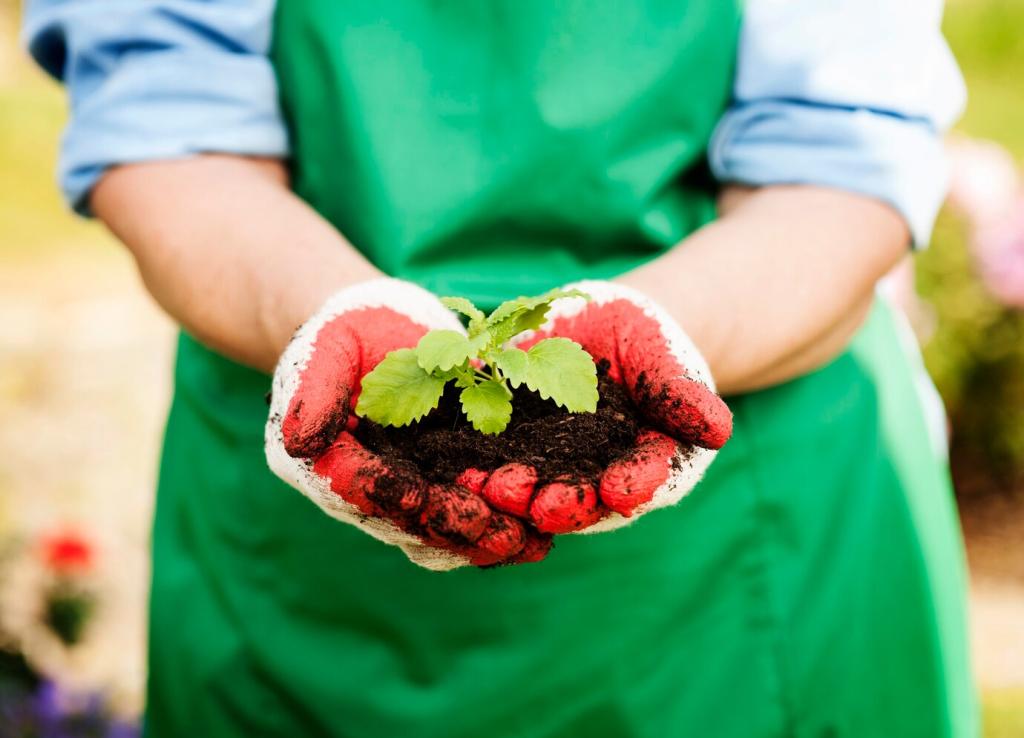
Timed Watering and Smart Controllers
Timing is everything when it comes to irrigation. Watering during the early morning or late evening hours minimizes the amount lost to evaporation, making each session more effective. Smart controllers take this a step further by automatically adjusting watering schedules based on weather conditions, soil moisture, and seasonal changes. These advanced systems respond to rain forecasts, temperature shifts, and even humidity levels, ensuring that landscapes receive just enough water—never too much or too little. Incorporating timers and smart technology reduces manual oversight, diminishes waste, and simplifies irrigation management for busy homeowners.
Soil Improvement and Mulching Strategies
The physical condition of the soil directly impacts its water-holding capacity. Amending garden beds with organic matter, such as compost or aged manure, improves soil texture and increases its ability to absorb and store water. Well-structured soil allows moisture to reach plant roots rather than running off the surface, and it fosters an environment where beneficial microorganisms flourish. Over time, richer soil builds a stable foundation for all landscaping elements, reducing the need for frequent irrigation and chemical inputs. Regularly assessing and adjusting soil health is a key strategy for maximizing water efficiency and overall landscape vitality.
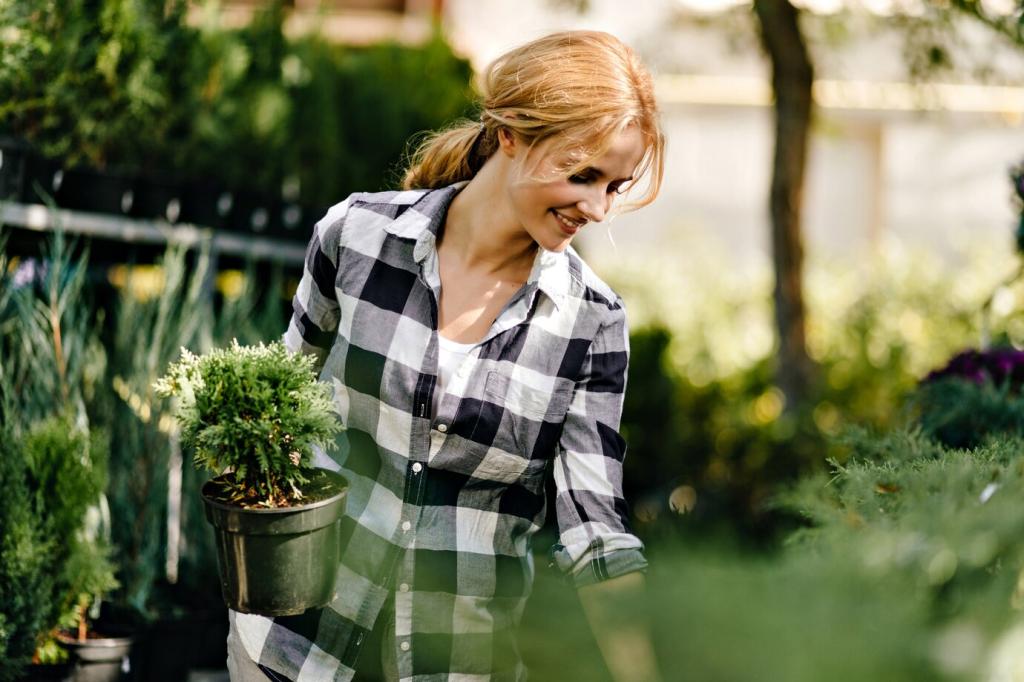
Join our mailing list
